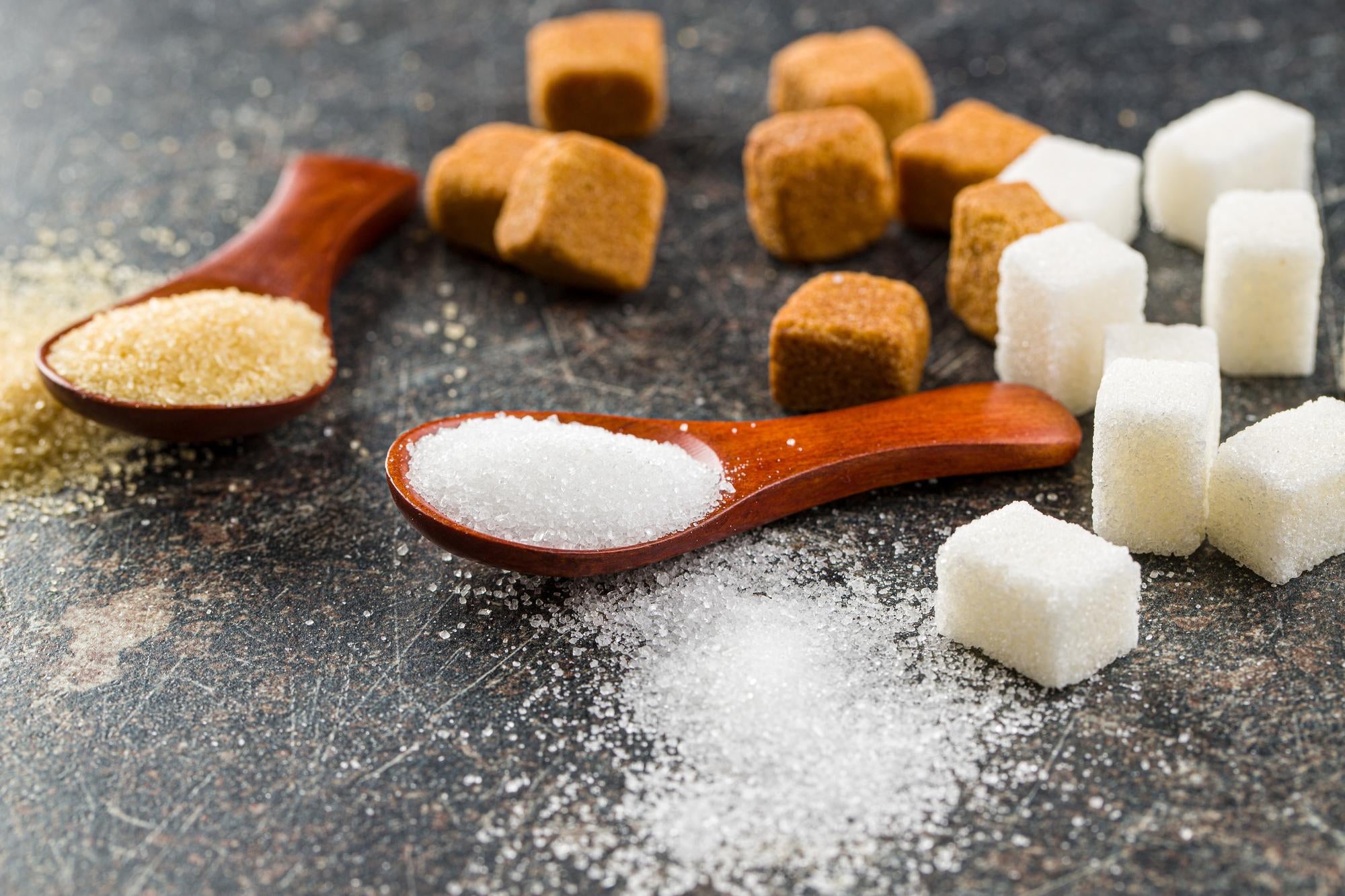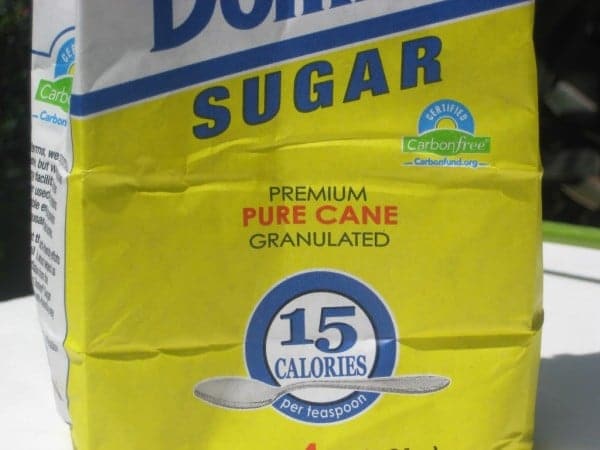The Impact of Beet Sugar vs Cane on Blood Sugar Levels and Diabetes Management
Exploring Beetroot Sugar Vs Walking Cane: Nutritional Advantages and Culinary Makes Use Of
The contrast between beet sugar and walking cane sugar prolongs beyond mere taste and appearance, disclosing detailed dietary accounts and culinary applications that merit mindful exam. While both sugars share a common structure in sucrose, their unique attributes can affect not only health considerations however also the end results of numerous dishes. Understanding these differences can help in making educated options for both dietary requirements and cooking choices. As we explore the subtleties of these 2 sugars, it comes to be clear that the effects of their use are a lot more profound than one might originally presume.
Review of Beetroot Sugar
Although both beetroot sugar and cane sugar offer comparable functions in culinary applications, beet sugar is acquired particularly from the sugar beetroot plant (Beta vulgaris), an origin veggie cultivated in warm environments. This procedure begins with the harvesting of sugar beetroots, which are then cleaned, cut, and based on removal methods to generate sugar-rich juice (beet sugar vs cane). The juice goes through purification and condensation, leading to the granulated sugar commonly made use of in markets and houses
Nutritionally, beet sugar is chemically the same to walking stick sugar, both primarily including sucrose. Beetroot sugar manufacturing has a tendency to have a lower environmental influence, as sugar beets require less water and can be grown in varied agricultural problems. Additionally, the cultivation of sugar beets can add to plant turning techniques, improving soil health.
Beetroot sugar frequently contains trace quantities of minerals and vitamins, including calcium and potassium, although these are negligible in typical consumption. In cooking and cooking, beet sugar does equivalently to its walking stick equivalent, making it a functional sweetener. Its neutral flavor account allows it to be seamlessly integrated into numerous dishes without changing the desired taste of the end product.
Overview of Cane Sugar
Walking stick sugar, originated from the sugarcane plant (Saccharum officinarum), represents around 70% of international sugar manufacturing. This flexible sweetener is grown in subtropical and tropical areas, with major manufacturers including Brazil, India, and China. The extraction process entails squashing the sugarcane stalks to release the juice, which is after that cleared up, vaporized, and crystallized to generate raw walking cane sugar.
Walking stick sugar is defined by its fine, white granules and is frequently found in both granulated and powdered forms. Its flavor account is usually described as clean and wonderful, making it appropriate for a wide variety of cooking applications, from cooking and baking to sweetening drinks.
In enhancement to its culinary usages, walking stick sugar additionally acts as a preservative in jellies and jams, in addition to a fermentation representative in the manufacturing of liquors. The sugar is frequently processed right into different products, consisting of molasses, brownish sugar, and liquid sugar, each offering one-of-a-kind qualities that can boost various dishes. On the whole, walking cane sugar continues to be an essential ingredient in cooking areas worldwide, underscoring its significance in both cooking traditions and modern-day gastronomy.
Nutritional Contrast
When contrasting beetroot sugar and walking cane sugar, it is important to analyze their dietary accounts to comprehend their effect on health. Both sorts of sugar are primarily composed of sucrose, which is a disaccharide comprised of sugar and fructose. This indicates that, in regards to caloric content, they are nearly the same, giving around 16 calories per tsp.
However, there are refined differences in their handling and mineral web content. Beet sugar is often processed using bone char, which might not appropriate for vegans and vegetarians, while walking cane sugar can be much more straight fine-tuned. In terms of trace minerals, cane sugar might keep a little much more potassium, magnesium, and calcium due to less considerable handling, though these quantities are negligible compared to everyday suggested consumption.
In addition, both sugars contribute to the very same wellness risks when consumed in too much amounts, such as excessive weight, kind 2 diabetes mellitus, and dental problems. Inevitably, the selection in between beetroot and walking stick sugar may hinge much more on personal choice or dietary limitations as opposed to significant differences in nutritional worth. useful reference Comprehending these subtleties can aid customers i was reading this in making educated nutritional selections.

Culinary Use Beetroot Sugar
Beetroot sugar, a versatile sugar obtained from sugar beets, finds various applications in culinary techniques - beet sugar vs cane. Its refined crystals dissolve conveniently, making it a perfect component for baking, cooking, and beverage preparation. In the realm of baking, beetroot sugar contributes to moisture retention and browning, improving the structure and taste of cookies, cakes, and breads
Additionally, its neutral flavor account enables it to mix flawlessly into numerous recipes without subduing other components, making it suitable for both savory and wonderful dishes. Beetroot sugar can likewise be utilized in dressings, sauces, and marinades, where it balances acidity and enriches the total taste.
In drinks, beetroot sugar is generally used to sweeten tea, coffee, and cocktails, giving a consistent sweet taste that complements diverse taste accounts (beet sugar vs cane). In addition, it works as a preservative in jams and jellies, ensuring a secure product with boosted life span
Culinary Use Walking Stick Sugar
Sweetness is a fundamental facet of numerous culinary developments, and walking cane sugar plays a vital duty in attaining that equilibrium. Its special chemical structure enables it to dissolve conveniently, making it suitable for a selection of applications, from cooking to drinks. Cane sugar enhances flavors in treats, giving the sweet taste essential for cookies, cakes, and breads. It not just contributes to taste yet also influences appearance; as an example, it aids in moisture retention, resulting in softer baked items.
In mouthwatering meals, walking cane sugar can balance level of acidity and bitterness, enhancing the overall flavor profile. It is commonly made use of in sauces and marinades, where it aids to create a harmonious blend of wonderful, salty, and umami notes. Furthermore, walking stick sugar is a key component in maintaining fruits, as it serves as a natural preservative, inhibiting microbial growth.
In drinks, walking cane sugar is often preferred for sweetening sodas, teas, and cocktails, enabling a tidy, pure sweet taste. Its adaptability makes it a staple in both home kitchen areas and professional cooking setups, showcasing its relevance in attaining culinary quality.
Conclusion

The contrast between beet sugar and cane sugar expands past simple preference and texture, revealing elaborate nutritional accounts and cooking applications that merit careful exam.Although both beet sugar and walking cane sugar serve similar functions in culinary applications, beet sugar is obtained specifically from the sugar beetroot plant (Beta vulgaris), a root vegetable grown in warm climates. Beet sugar manufacturing has a tendency to have a reduced environmental impact, as sugar beets need less water and can be expanded in varied farming problems. The sugar is typically processed into numerous items, consisting of molasses, brownish sugar, and liquid sugar, each offering one-of-a-kind qualities that can enhance different recipes.Beet sugar, a functional sweetener obtained from sugar beetroots, finds various applications in cooking practices.